6G / Next-Gen Wireless Connectivity: Redefining the Future of Communication
The journey of wireless communication has been nothing short of revolutionary. From the early days of 1G analog voice calls to 4G enabling video streaming and 5G driving ultra-fast, low-latency internet, each generation has transformed how we live, work, and interact. But as digital ecosystems evolve and the demand for intelligent, immersive, and real-time experiences grows, the world is preparing for 6G – the sixth generation of wireless technology.
Expected to launch commercially around 2030, 6G promises to be far more than just an upgrade to 5G. While 5G introduced high speed, ultra-low latency, and support for IoT at scale, 6G aims to create a fully intelligent and hyper-connected digital world. It envisions networks that seamlessly blend the physical, digital, and even biological worlds—unlocking possibilities we can only begin to imagine.
What Makes 6G Different?
Unlike previous generations, which focused primarily on connectivity improvements, 6G will be “AI-native”, meaning intelligence is integrated into the very core of the network. It won’t just connect devices; it will predict, adapt, and optimize communication in real-time.
Here are the key features that make 6G stand out:
-
🚀 Blazing-Fast Speeds – Data rates up to 1 Tbps, nearly 100x faster than 5G.
-
⏱ Ultra-Low Latency – Sub-millisecond responsiveness, critical for autonomous vehicles, smart factories, and remote surgeries.
-
📡 Terahertz Spectrum – Unlocking huge bandwidths for seamless data transmission.
-
🤖 AI-Powered Networks – Networks that self-manage, self-heal, and proactively respond to demand.
-
🌍 Universal Coverage – Integration with satellites to provide truly global connectivity, including rural and remote areas.
-
🎥 Immersive Communication – Enabling holograms, multi-sensory internet, and next-generation metaverse experiences.
-
🔋 Sustainability at Core – Designed for energy efficiency and greener communication infrastructures.
Real-World Applications of 6G
The impact of 6G will extend across industries, reshaping economies and societies:
-
Healthcare 6.0 – Imagine doctors performing complex surgeries on patients thousands of miles away with zero delay, or brain-computer interfaces assisting in medical research.
-
Smart Cities & Infrastructure – Real-time monitoring of energy grids, intelligent traffic systems, and AI-driven urban planning.
-
Autonomous Transportation – Self-driving cars, delivery drones, and smart logistics powered by instant decision-making and reliable connectivity.
-
Education & Entertainment – Holographic classrooms, immersive VR learning environments, and hyper-realistic gaming experiences.
-
Industrial Automation – Factories running on machine-to-machine communication, with minimal human intervention and maximum efficiency.
-
Space & Defense – Seamless integration between satellites, terrestrial networks, and defense systems for ultra-secure communication.
Challenges in Developing 6G
While the promises of 6G are massive, several challenges must be addressed before it becomes a reality:
-
Spectrum Issues – Terahertz waves, though powerful, face propagation and coverage limitations.
-
Energy Consumption – Managing the huge power demands of 6G infrastructure sustainably.
-
Global Standardization – Aligning spectrum policies, infrastructure, and regulations across countries.
-
Security & Privacy – Addressing cyber risks in a hyper-connected, AI-driven network.
-
Cost of Deployment – Building a 6G-ready ecosystem requires massive investment in R&D and infrastructure.
Frequently Asked Questions (FAQs)
Q1. What exactly is 6G?
6G is the sixth generation of wireless communication technology, designed to deliver ultra-high speed, near-zero latency, AI-native intelligence, and universal connectivity through terahertz spectrum and hybrid satellite networks.
Q2. How is 6G different from 5G?
While 5G focused on speed and IoT, 6G will integrate intelligence into networks, enabling real-time holograms, immersive metaverse experiences, and predictive communication systems.
Q3. When can we expect 6G to launch?
6G is currently in the research phase, with commercial rollouts expected around 2030. Some pilot projects and testbeds are already underway.
Q4. What industries will benefit most from 6G?
Healthcare, autonomous transport, smart cities, manufacturing, entertainment, education, and defense will see the most immediate impact.
Q5. Will 6G replace 5G completely?
No. Initially, 6G will coexist with 5G, gradually overtaking as infrastructure and devices evolve.
Q6. What technologies power 6G?
Key enablers include terahertz communication, AI/ML, quantum technologies, edge computing, satellite integration, and advanced antennas.
Q7. What are the main hurdles for 6G adoption?
High infrastructure cost, energy efficiency concerns, spectrum challenges, and global policy alignment are the biggest hurdles.













 2025. All rights reserved
2025. All rights reserved